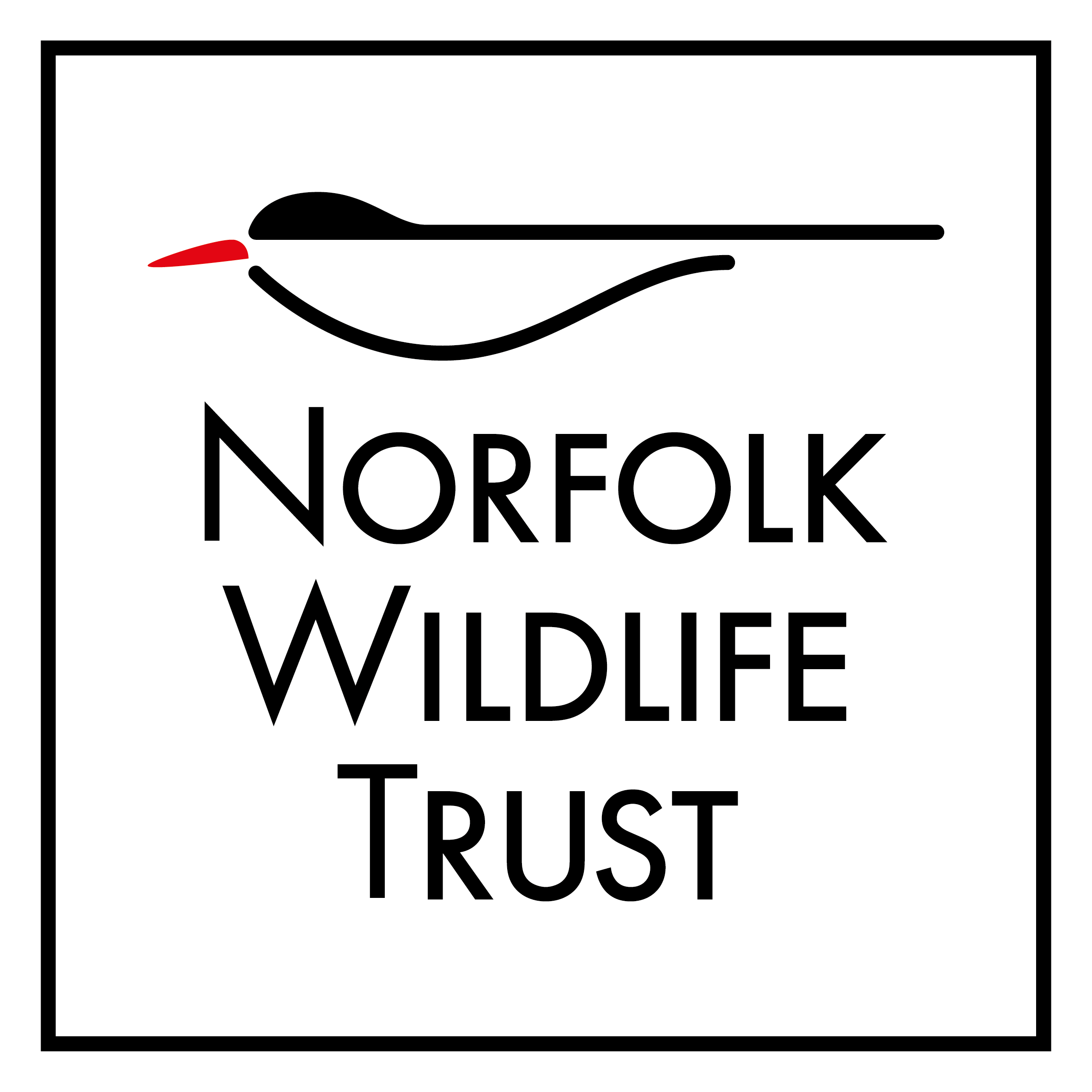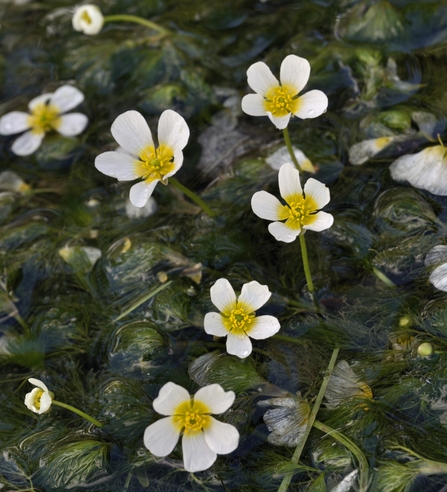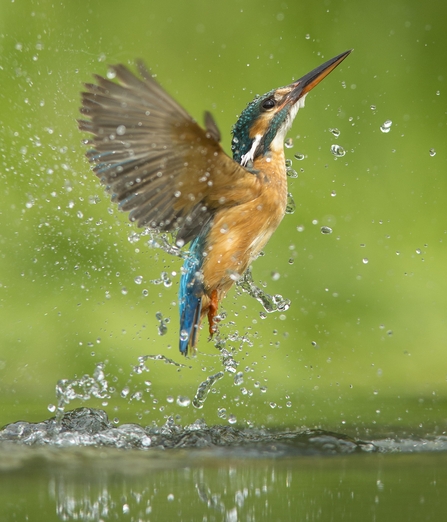A recent look at a map of Britain’s chalk rivers gave me a surprise. Without realising it I have, it seems, lived several years of my life near waterways that rise from the chalk bedrock of south-east England. Some of my earliest memories are of my grandparents’ bungalow on the banks of the Colne near London. I remember, just, being drawn to the peace of the riverbank and watching long strands of green weed moving gently in the current.
As a student, I lived a few metres from the Stour in Kent and walked miles along its banks seeking kingfishers, yellow water lilies, and brief glimpses of brown trout rising lazily to the surface. Before moving to Norfolk two decades ago, I lived in a nearly derelict water mill in Hampshire, the disused part of which spanned the wide river Test. In autumn, people used to stand by our front door watching the spectacle of salmon leaping upstream. The silver fish, some as long as my arm, often had to try several times to make it through the old millrace, their tails and muscular backs emerging briefly from the water to gasps from their audience. In early summer, I could sit in the back garden watching mayflies dip and rise above the white flowers of water crowfoot, whilst a family of water voles crouched in a line with their on the bank. Later on, I moved a few miles to a house on a lane that forded the Meon - a smaller and quieter river than the mighty Test. One midnight a friend and I were watching badgers in the old water meadows behind the house, when we heard the clear and unmistakeable whistle of an otter. We knew that the species had been declared extinct in the county a few years before, but here they were, whistling their return through the dark.


